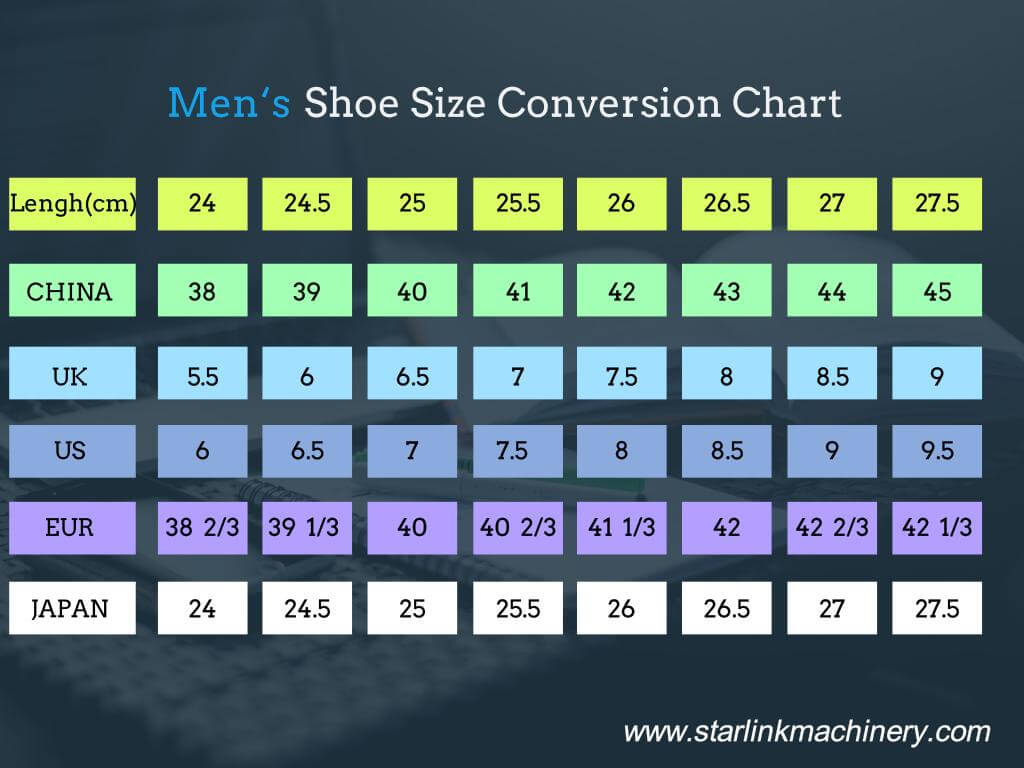5 Shoe Size Tips

When it comes to finding the perfect shoes, one of the most crucial factors is getting the right size. Ill-fitting shoes can lead to discomfort, pain, and even long-term foot problems. Here are five shoe size tips to ensure you find your ideal fit:
Understanding Shoe Size Measurements
Shoe sizes are measured in different ways around the world, with the most common systems being the US, UK, and EU sizes. Understanding how these measurements work is key to finding the right fit. For instance, did you know that the difference between each whole and half size is about 1⁄3 inch (8.5 mm)? Knowing this can help you make more informed decisions when trying on shoes, especially if you’re shopping online.
The Importance of Measuring Feet Regularly
Feet can change size over time due to various factors such as age, weight changes, and even pregnancy. It’s recommended to measure your feet at least once a year, ideally in the afternoon since feet tend to swell throughout the day. You can use a Brannock device, commonly found in shoe stores, or trace your foot on a piece of paper to measure it at home. This simple step can save you from the discomfort of wearing shoes that no longer fit well.
Try Before You Buy
If possible, always try on shoes before buying them. This might seem obvious, but with the rise of online shopping, it’s easy to overlook this step. Trying on shoes allows you to feel how they fit, not just in terms of length but also width and comfort. Remember, different brands and styles can fit differently, so what might be a size 8 in one brand could be a size 7 or 9 in another. If you’re shopping online, consider brands that offer free returns or a generous return policy.
Consider the Type of Shoe
Different types of shoes are designed to fit in certain ways. For example, running shoes are typically designed to be more snug to provide support during exercise, while dress shoes might be more relaxed in the toe box for comfort. Understanding the purpose and design of the shoe can help you choose the right size. Additionally, some materials, like leather, will stretch over time, so you might want to consider a slightly snug fit if you’re buying leather shoes.
Don’t Ignore the Width
While length is often the primary focus when it comes to shoe size, the width is just as important. Shoes that are too narrow can cause pain and discomfort, just like shoes that are too long or too short. Many shoe brands offer narrow, regular, and wide widths, so if you have particularly wide or narrow feet, don’t be afraid to explore these options. Some brands even offer customizable fits for an additional fee, which can be a game-changer for those with hard-to-fit feet.
FAQ Section
How often should I measure my feet for shoe size?
+It's recommended to measure your feet at least once a year. Factors like age, weight changes, and pregnancy can cause your foot size to change, so regular measurements can ensure you're always wearing the right size.
Why do different shoe brands fit differently?
+Different shoe brands can have varying fits due to differences in design, materials, and manufacturing processes. Additionally, some brands cater to specific foot shapes or types, which can affect how their shoes fit compared to other brands.
Is it better to buy shoes in the afternoon?
+Yes, it's often recommended to try on shoes in the afternoon because feet tend to swell throughout the day. Buying shoes in the afternoon can help ensure that they fit comfortably at their largest size.
Finding the right shoe size is about more than just comfort; it’s also about preventing potential health issues. By understanding shoe size measurements, regularly measuring your feet, trying before you buy, considering the type of shoe, and not ignoring the width, you can ensure a fit that’s both comfortable and supportive. Remember, the right fit can make all the difference in how you feel and perform, whether you’re running a marathon or just running errands.


